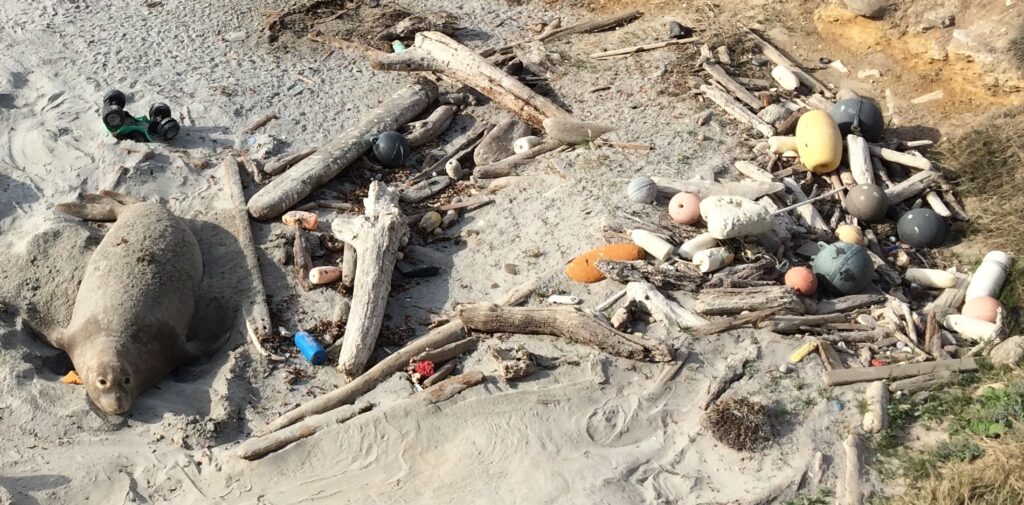New Report: Understanding the Flow of Microplastics from our Cities to the Ocean
Despite increased awareness, plastic pollution continues to infiltrate our oceans and beaches, littering the seafloor, ocean surface, beaches and shorelines. It also takes a toll on our economy: California communities spend more than $428 million annually to clean up and control plastic pollution. Because plastic never truly degrades, only breaks into smaller and smaller pieces, clean up and control is extraordinarily difficult. 
The good news is California has been a leader in slowing down plastic at the source by banning single-use plastic bags and the use of microplastics in face scrubs and toothpaste. Microplastics, those under five millimeters in size, are found even in places considered “pristine,” as well as in drinking water and food, including shellfish, salt, beer, and honey.
Understanding how microplastics end up where they do is critical to eliminating them from the environment. Toward that goal, OPC funded a study by the San Francisco Estuary Institute (SFEI), A Synthesis of Microplastic Sources and Pathways to Urban Runoff.
Building on SFEI’s major finding that storm-driven runoff from cities is a major pathway for microplastics to enter California’s waterways, this new report pulls together available information on pollution sources, including textiles, cigarette filters, other fibers, single-use plastic foodware and vehicle tires. It illustrates how plastic products break down into microplastic particles as they move through the environment, traveling through the air, depositing on the urban landscape, and washing into streams, rivers, and coastal locations during storm events.
SFEI’s findings, alongside the Microplastic Pollution in California: A Precautionary Framework and Scientific Guidance to Assess and Address the Risk to the Marine Environment released in May 2021, provide the foundation for the forthcoming Statewide Microplastics Strategy being developed by OPC pursuant to SB 1263 (Portantino, 2018), which will be considered for adoption by the Council at its Feb 2022 meeting.
Together, these reports have informed a two-prong approach to addressing microplastic pollution: ‘no-regrets’ actions that can be employed now to prevent the proliferation of microplastic pollution, and identifying California-specific research needs to inform future action.

